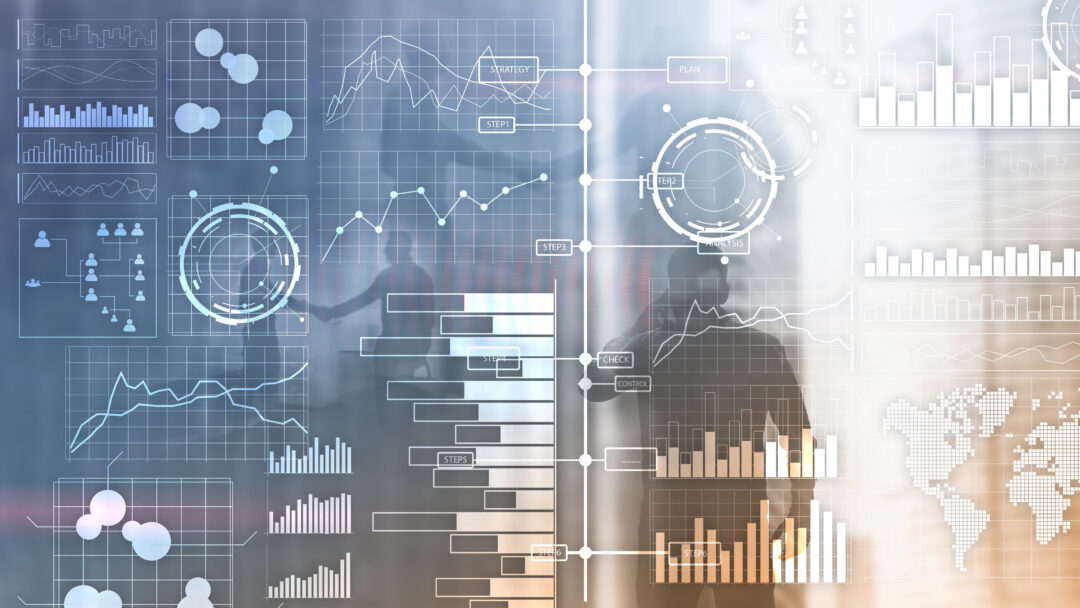According to JLL, demand for data centres in Europe is set to rise by a third in 2021. Following the recent shift to hybrid work and our accelerating reliance on digital services, this increase in demand should come as no surprise. From healthcare facilities to manufacturing plants, from financial institutions to educational – local and regional organisations are upscaling and streamlining their data centre operations.
Against this backdrop, data centre managers are buying more equipment than ever, from critical power and thermal management, to racks and enclosure solutions. What’s more, they are turning to facility monitoring software to improve operational efficiency. Whether working remotely or onsite, it’s critical for IT and facilities management teams to be able to monitor the health of their equipment in real-time, enabling them to identify issues proactively, preventing damage and therefore, increasing the performance and efficiency of their business.
Such monitoring is deployed to provide piece of mind, alerting operators to critical problems caused either by failure or human error. However, despite its many triumphs, monitoring alone will leave operators and engineers with some serious blind spots. In fact, contrary to the dominant narrative, relying on the technology exclusively could leave operators vulnerable to outages and poor performance.
How data centres can help businesses be more sustainable
Beware! Blind spots in monitoring systems
A recent IDC report has found that the top three challenges faced by data centre operators at present are performance, downtime, and capacity. In the face of growing demand for data centre services, it’s therefore more crucial than ever that operators are not vulnerable to blind spots, which could bring commercial and reputational risk. So, just how can data centre managers mitigate this risk and ultimately, overcome these limitations? Firstly, let’s take a look at the three main pitfalls associated with monitoring solutions.
1. You can’t monitor everywhere
Sensors can only provide information about the current conditions at the location they’re positioned, however, conditions can vary significantly between sensors. As a result, operators have an incomplete and therefore inaccurate picture.
2. You can’t monitor resilience
Monitoring systems will tell you about the current environment but can’t predict the impact of failure. The only reliable way to monitor resilience, without simulation, is to deliberately cause a worst-case failure scenario, which isn’t a feasible option.
3. You can’t monitor the future
Sensors don’t have any information about future conditions and using historic information to project the future is a huge risk.
Overcoming blind spots
So, how can operators overcome these limitations? The answer is to combine the tools that tell you about the past and present states, with a tool that will shine a light on how the environment will behave in the future. Doing this requires the use of Computational Fluid Dynamics (CFD). A virtual simulation of an entire data center, CFD-based simulation enables operators to accurately calculate the environmental conditions of the facility. Virtual sensors, for instance, ensure the simulated data reflects the sensor data. Consequently, the results can be used to investigate conditions anywhere you want, in fine detail.
CFD also extends beyond temperature maps and includes humidity, pressure and air speed. Airflow, for instance, can be traced to show how it is getting from one place to another, offering unparalleled insight into the cause of thermal challenges.
Critically, CFD enables operators to simulate future resilience. A validated CFD model will offer information about any configuration of your data centre, simulating variations in current configurations, or in new ones you haven’t yet deployed. So, for example, using this technology, operators will be able to see inlet temperatures of new servers in the virtual world, prior to deployment. This allows for improved change management, because before they are even out of the box, data centre operators can identify and mitigate the impact they have on the environment.
The biggest trends in tech sustainability
Perfect partners
Monitoring and CFD are complementary technologies, not competing ones. Each provides data centre operators with vital information about performance and blind spots that the other cannot. However, together they offer complete visibility not only into how your data centre will perform today, but also how it will perform tomorrow.








